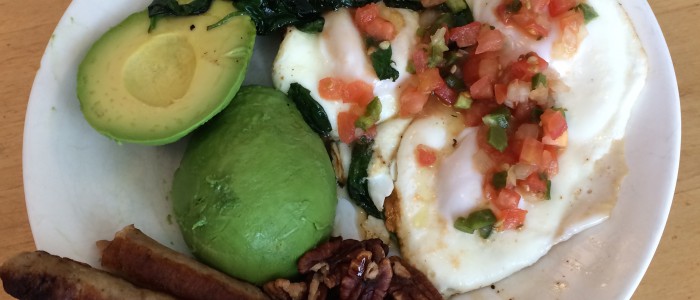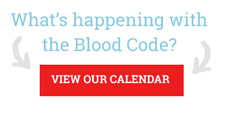To Carb or Not To Carb
I used to always equate carbs with energy, and that just doesn’t seem to be the case.
—Patricia M., seventy-six, reversed type 2 diabetes with LCHF diet and Metabolic Recovery Exercise.
If your blood sugar is drifting up or body fat is accumulating around your middle, you might blame “carbs”. But what does that mean—essentially, how much is too much…for you? I answer this question with every patient I see in my office and answer this question for the health hackers who read The Blood Code: Unlock the secrets of your metabolism. Let me explain the method I use to unlock your carb tolerance with some blood tests. I realize this may appear oversimplified—that I can summarize your level of insulin resistance in a blog post—but in 25 years of practice, this algorithm is impressively reliable. Check it out at your next blood test. You can ask your doctor for these tests or do at a direct lab provider—I link to a remarkable discounted direct lab at thebloodcode.com – you can also find the HOMA-IR calculator here: https://thebloodcode.com/calculators/
You show slight insulin resistance if you have two or more of the following:
- Fasting glucose is greater than 95 mg/dL (5.3 mmol/L).
- TG:HDL ratio is greater than 2.
- Fasting insulin is greater than 8 uIU/mL (>48 pmol/L).
- HgbA1C level is greater than 5.5% (>36 mmol/mol).
- HOMA-IR is greater than 1.5.
You show moderate insulin resistance if you have three or more of the following:
- Fasting glucose is greater than 100 mg/dL (>5.6 mmol/L).
- TG:HDL ratio is 3 or greater.
- Fasting insulin is greater than 10 uIU/mL (>60 pmol/L).
- HgbA1C level is greater than 5.7% (>39 mmol/mol).
- HOMA-IR is greater than 2.5.
You show severe insulin resistance if you have three or more of the following:
- Fasting glucose is greater than 110 mg/dL (>6.1 mmol/L). [>125 mg/dL (>7.0 mmol/L) is diabetes]
- TG:HDL ratio is greater than 4.
- Fasting insulin is greater than 12 uIU/mL (>72 pmol/L).
- HgbA1C level is greater than 6.0% (>42 mmol/mol). [>6.4% (>46 mmol/mol) is diabetes]
- HOMA-IR is greater than 3.
So how much carb is best for you? It’s my experience that some people do great—reverse weight gain, high blood sugar and lipid problems—going right into the ranges for severe insulin resistance. This carb restriction of forty grams maximum usually creates a ketogenic metabolism. (More on ketosis in a future post.) But others do not need such strict carb restriction—their metabolism is improved by moderately reducing carbohydrates, especially the simple ones like sweeteners, juice, and excess fruit.
Carb range for Slight insulin-resistance:
- Breakfast: 15–25 grams
- Lunch: 40–60 grams
- Dinner: 40–60 grams
Carb range for Moderate insulin-resistance:
- Breakfast: 10–20 grams
- Lunch: 20–40 grams
- Dinner: 20–40 grams
Carb range for Severe insulin-resistance:
- Breakfast: 5–10 grams
- Lunch: 10–15 grams
- Dinner: 10–15 grams
Try it out for a few weeks or a few months. Your results may surprise you. Once you find the right dietary pattern that puts you in your metabolic sweet spot you should experience better weight management and better energy. For me, my current blood tests indicate I only need to follow carb restriction for “slight” insulin resistance, but I feel awesome with greater carb restriction so I bounce between severe and moderate carb restriction. After a few months, go ahead and recheck your Progress Panel—like a GPS plotter, blood test results show where you are on the map toward the health and longevity you deserve.




Comments are closed.